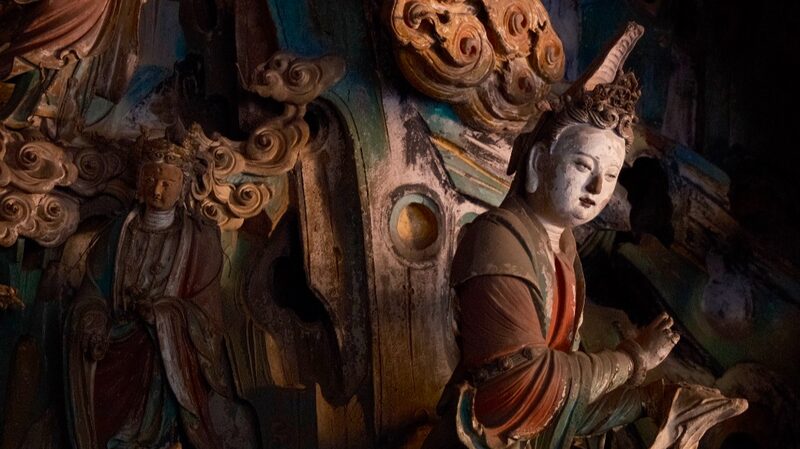Nestled in China's Shanxi province, Foguang Temple stands as a silent witness to the architectural genius of the Tang Dynasty (618-907 CE). As the largest surviving wooden structure from this golden age of Chinese civilization, its discovery in 1937 by architect Liang Sicheng revolutionized our understanding of ancient engineering.
The Architect's Quest
Liang Sicheng, celebrated as the father of modern Chinese architecture, led an arduous expedition through mountainous terrain to verify historical accounts of the temple. His team's breakthrough came through meticulous analysis of dougong bracket sets – the interlocking wooden supports that combine artistic elegance with seismic resilience. These features, along with stone inscriptions and structural proportions, irrefutably dated the complex to the Tang era.
Engineering Through the Ages
The temple's 54 distinct bracket types demonstrate Tang craftsmen's mastery of spatial aesthetics and load-bearing physics. Recent studies reveal how these wooden joints distribute weight across wide eaves while creating flowing interior spaces – principles that still inform architecture today.
Digital Preservation Efforts
CGTN's interactive digital exhibition 'Tang Architecture: Building Timeless Glory' now brings these innovations to global audiences through 3D models and historical reconstructions, offering new perspectives on China's architectural legacy.
Reference(s):
cgtn.com








